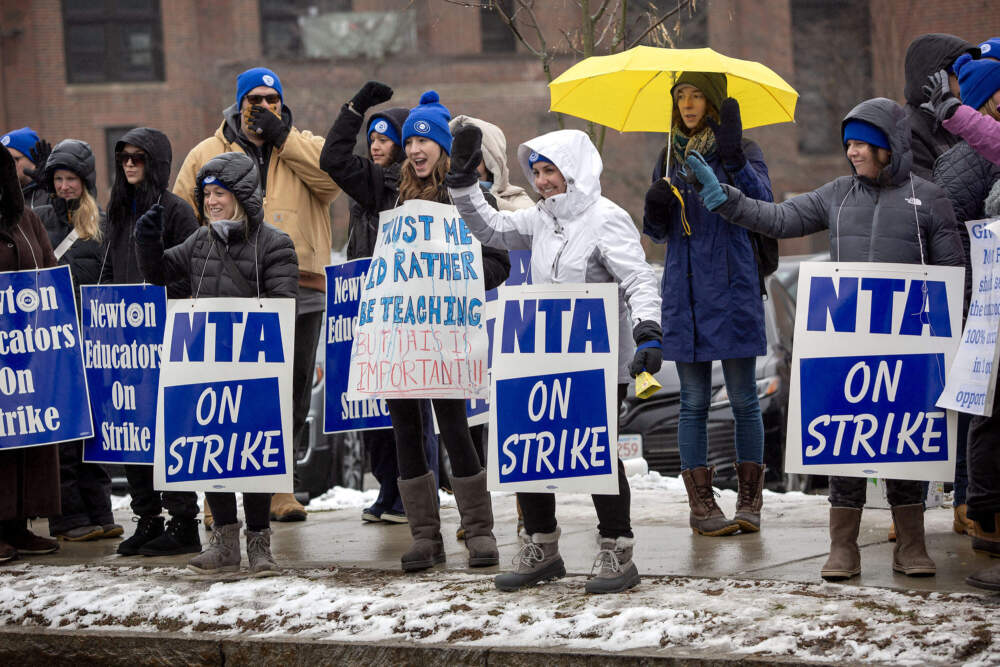 While most states have primary elections, some states like Iowa and Nevada and some US territories hold caucuses instead. Caucuses vary from state to state and from party to party, but the main difference is that instead of simply going to the polls and casting a vote in private like in the primaries, caucus voters assemble at their local precinct and publicly cast their vote.
While most states have primary elections, some states like Iowa and Nevada and some US territories hold caucuses instead. Caucuses vary from state to state and from party to party, but the main difference is that instead of simply going to the polls and casting a vote in private like in the primaries, caucus voters assemble at their local precinct and publicly cast their vote.
In a Democratic caucus, voters move around the room and stand with the group of people who support their candidate; however, if one candidate does not receive at least 15% of the room, then he or she is not a viable candidate and his or her supporters disperse. Unlike in a primary election, the other groups try to convince the supporters of the non-viable candidate to join them. Once everyone divides again, the caucus leader records how many delegates each candidate receives based on the percentage of the room that supports each candidate.
As the first election in the cycle, the Iowa caucus receives significant attention from the candidates as they campaign and try to build momentum for the rest of the lengthy election process. On the Republican side, Ted Cruz upset front-runner Donald Trump with 27.6% to Trump’s 24.3%. Marco Rubio also performed well in the polls, coming in just behind Trump with 23.1%. Although Trump was the projected winner in the days leading up to the caucus, Cruz’s support among the high evangelical population gave him the edge he needed to defeat the Republican favorite. Cruz and Rubio will most likely gain momentum; however, Trump still remains on top.
Rand Paul (4.5%), Mike Huckabee (1.8%) and Rick Santorum (1%) all dropped out following their low support in the primary. Jeb Bush (2.8%), Carly Fiorina (1.9%) and John Kasich (1.9%), all performed poorly, receiving only one delegate each.
The Democratic race was much closer, with Hillary Clinton narrowly winning with 49.9% over Bernie Sanders at 49.6%, and with a coin flip deciding the distribution of delegates in some precincts. While Sanders and Clinton essentially tied, the close margin was more of a win, for Sanders proved his electability despite his radical ideas and Democratic Socialist identification. Whereas, for Clinton, the close results drew further parallels between her 2008 run against Obama and threatens her once certain nomination. Unable to match the enthusiasm of the Clinton and Sanders campaigns and receiving only 0.6% of the vote, Martin O’Malley dropped out following the caucus.
After a tough loss in Iowa, Trump rebounded and dominated the Republican New Hampshire primary with 35.3% of the vote, while Kasich, Cruz, Bush, and Rubio all vied for a second place finish. Ultimately, Kasich came in behind Trump with 15.8% followed by Cruz (11.7%), Bush (11%) and Rubio (10.6%). After performing better than expected in Iowa, Rubio admitted to his supporters that he was disappointed in his fifth place finish, blaming his poor performance in the February 6 debate. However, Kasich was pleased with his result and may be finally starting to build momentum after a slow start to the race.
Christie (7.4%) and Fiorina (4.1%) both dropped out following their disappointing performances, but Ben Carson, who received only 2.3% of the vote, remains in the race.
Like Trump led the Republicans, Sanders defeated Hillary Clinton by 22 points, and CNN projected him the winner shortly after the polls closed. With his landslide victory, Sanders proved to the American people that he is a serious candidate who could win, and he subsequently received $5.2 million in campaign contributions to continue to fight the Clinton machine in the more diverse states.
After her defeat in New Hampshire, Clinton responded with a crucial six point win over Sanders that may slow the momentum he gained in New Hampshire. At the same time, the Nevada caucus was a major breakthrough for Sanders: he finally captured a significant fraction of the Hispanic vote. As the election moves to the southern, more diverse states, Sanders needs to continue to gain support of minority groups if he stands a chance of beating Clinton and her overwhelming support from these minority groups.
Despite Clinton’s victory, she consistently tries and ultimately fails to connect with young voters, even young women, yet, unfortunately for Sanders who won more than half of Nevada’s young vote, about 80% of people ages 18-29 do not vote. On the other hand, he has everything to gain, for when he first launched his campaign less than a year, few knew who he was, and even fewer wanted to vote for him, whereas, Clinton and the establishment have everything to lose. Although Sanders lost Nevada, he cut the previously projected 40 point deficit to just six sparking harsh reactions from the Clinton campaign and Clinton’s super PACs heading into Super Tuesday.
While the Democrats were caucusing in Nevada, the Republican candidates were battling in the South Carolina primary. Trump led the field with 32.5% of the vote and all 50 delegates followed by Rubio and Cruz in close contention for second. In both Iowa and New Hampshire, Cruz finished in front of Rubio, but for the first time, Rubio was able to defeat Cruz by just 0.2% partially due to Cruz’s inability to broaden his appeal beyond evangelical voters.
Bush, despite spending $150 million and utilizing his brother’s influence on the campaign trail, suspended his campaign after he failed to gain any substantial support and finished fourth in the South Carolina polls, marginally beating Kasich and Carson. With his establishment competitor out, Rubio stands to gain more support and money in the hopes of defeating Trump. However, Kasich and Cruz may both need to drop out, and Rubio needs to become less scripted, if he wants to come close to beating Trump for the nomination.













